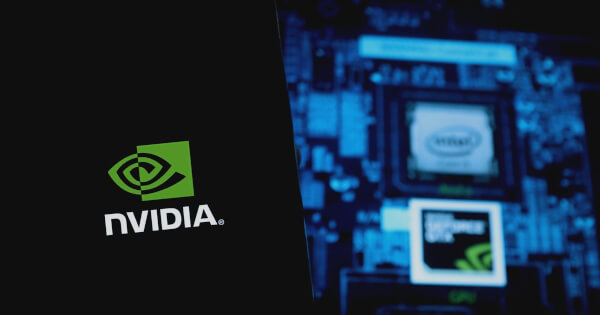Unlocking the Power of UMAP with RAPIDS cuML: Faster, Scalable, and More Efficient
James Ding
Nov 01, 2024 11:49
RAPIDS cuML introduces a faster, scalable UMAP implementation using GPU acceleration, addressing challenges in large dataset processing with new algorithms for improved performance.

At Extreme Investor Network, we are thrilled to share the latest advancements in RAPIDS cuML that promise a significant leap in processing speed and scalability for Uniform Manifold Approximation and Projection (UMAP). This popular dimension reduction algorithm used across various fields such as bioinformatics and natural language processing is now more powerful than ever, thanks to innovative solutions introduced by RAPIDS cuML.
Addressing UMAP’s Challenges
One of the main challenges of UMAP has been the time-consuming construction of the all-neighbors graph, especially as dataset sizes grow. RAPIDS cuML has tackled this bottleneck head-on by leveraging GPU acceleration to improve scalability. The previous brute-force approach for graph construction has been replaced with a more efficient solution, resulting in significant performance gains.
Additionally, the issue of fitting the entire dataset into GPU memory is no longer a hurdle, making it easier to process large datasets without compromising on speed or accuracy.
Innovative Solutions with NN-Descent
RAPIDS cuML 24.10 introduces a new batched approximate nearest neighbor (ANN) algorithm, incorporating the NN-descent algorithm from the RAPIDS cuVS library. This approach reduces the number of distance computations required for graph construction, leading to a substantial speed boost. The introduction of batching further enhances scalability, making it possible to process large datasets in segments without sacrificing accuracy.
Significant Performance Gains
Benchmark results speak volumes about the impact of these enhancements. For example, a dataset with 20 million points and 384 dimensions experienced a 311x speedup, reducing processing time from 10 hours to just 2 minutes. This impressive improvement in performance without compromising quality is a game-changer for data scientists and developers.
Implementation Without Code Changes
One of the standout features of the RAPIDS cuML 24.10 update is its user-friendly implementation. Users can enjoy the performance improvements without having to make any changes to existing code. The UMAP estimator now offers additional parameters for more control over the graph-building process, allowing users to customize algorithms and settings for optimal performance.
Overall, the advancements in UMAP processing with RAPIDS cuML represent a significant milestone in the world of data science. Researchers and developers can now work with larger datasets more efficiently on GPUs, unlocking new possibilities and opportunities in the realm of big data analysis.
Image source: Shutterstock

